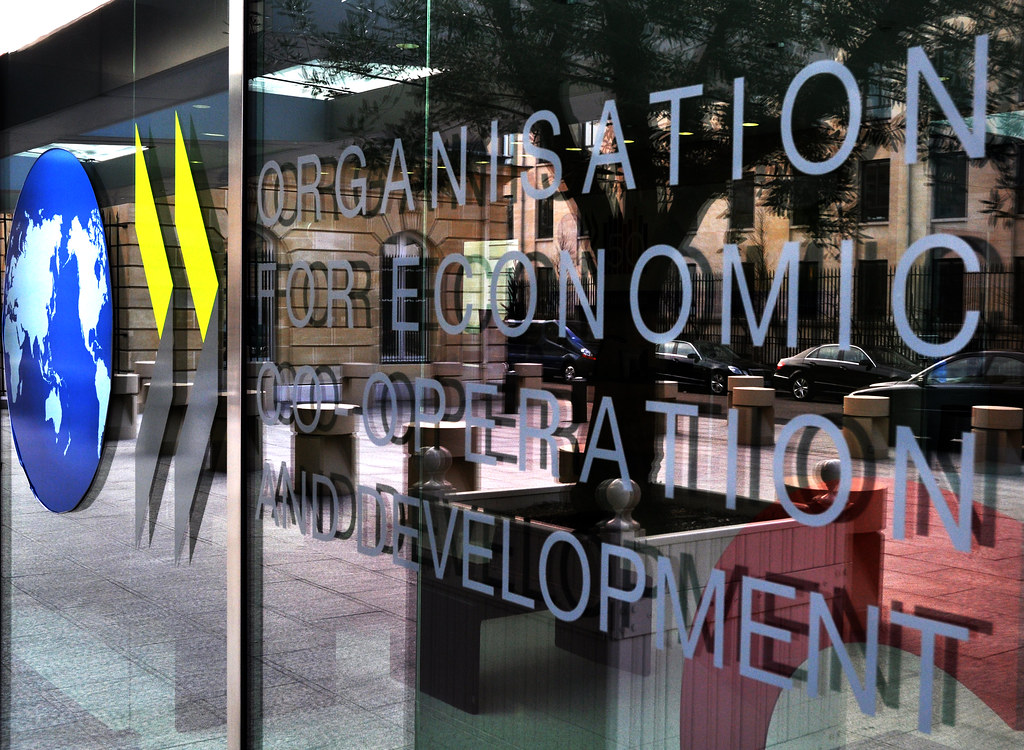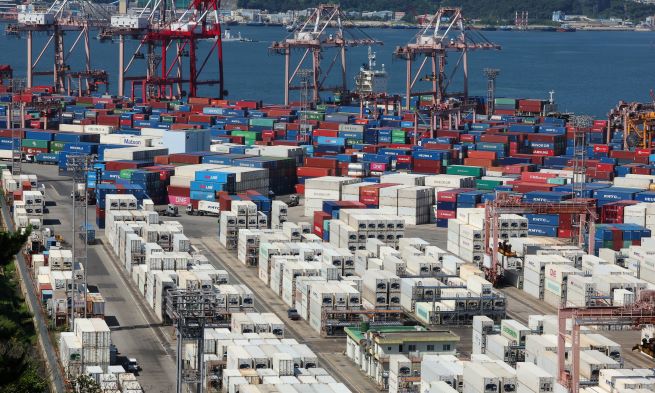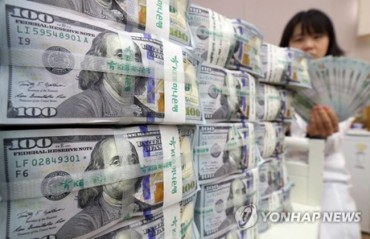
The Organization for Economic Cooperation and Development (OECD) slashed the growth outlook for the South Korean economy (Image courtesy of Flickr (Michael Dean)/CCL)
SEOUL, Sept. 25 (Korea Bizwire) – The Organization for Economic Cooperation and Development (OECD) slashed the growth outlook for the South Korean economy to 2.5 percent this year, Seoul’s finance ministry said Wednesday.
The latest figure marked a 0.1 percentage point fall from its projection presented in May and is on a par with the forecasts by the International Monetary Fund.
The South Korean government expected a 2.6 percent expansion, and the Bank of Korea (BOK) forecast a 2.4 percent growth this year.
“Growth is projected to be stable in Korea, at 2.5 percent this year and 2.2 percent in 2025, with exports aided by ongoing strength in global semiconductor demand,” the ministry cited the latest report by the organization as saying.
Exports rose for the 11th consecutive month in August to US$57.9 billion, as exports of chips jumped 38.8 percent on-year to $11.9 billion, which was the highest volume for any August ever.
The organization slashed its forecast for inflation in South Korea this year to 2.4 percent from the previous projection of 2.6 percent, while maintaining the figure for next year at 2 percent.
As major challenges to the global economy, the organization mentioned geopolitical risks and the subsequent trade tension, low growth potential and excessive volatility in the financial market over the course of easing inflation.
The OECD recommended nations to continue to lower interest rates in case their inflation eases and the labor market remains stable, and how much and when to cut the rates should be data-dependent.
It also called for “decisive” efforts to ensure debt-sustainability and better manage state finances with longer-term perspectives, according to the ministry.
Despite moderating inflation, the BOK decided in August to keep the key rate at 3.5 percent, unchanged since February 2023, amid concerns over rising home prices and surging household debts.
Many expect the BOK to reduce the rate, which was the highest level in about 16 years, as early as next month, but Gov. Rhee Chang-yong said it needs to consider housing prices and household debts as crucial factors for a possible rate cut despite sluggish domestic demand.
(Yonhap)







